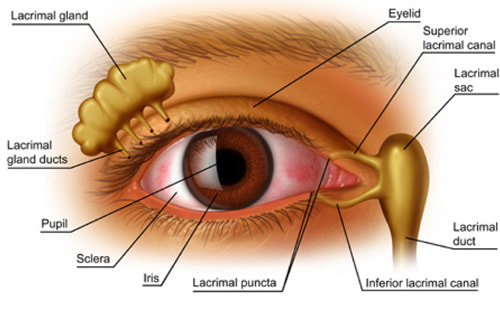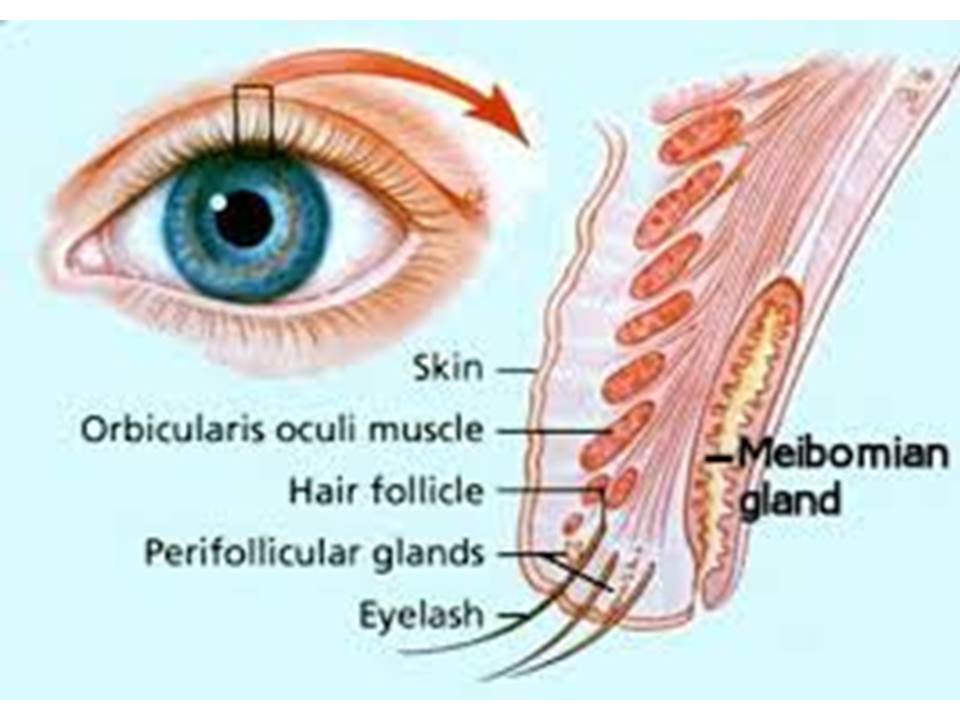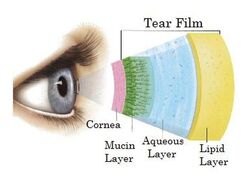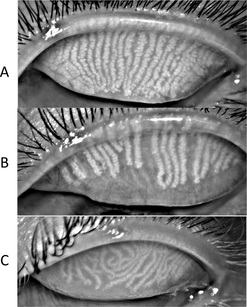Ocular Surface Disease...New Treatments for a Chronic Illness
|
Ocular Surface Disease, or OSD, is a very common disease. OSD is an umbrella term that covers a number of conditions that may affect the eyes, tears, or eyelids. The common element in each of these conditions is inflammation. The majority of people have some level of OSD. As our use of electronics (cell phones, tablets and computers) increase, the number of people with OSD will increase while the age that the disease is diagnosed will get younger.
With treatment OSD can be managed. Properly managed OSD improves eye comfort and slows progression of the disease. |
Isn't it just my allergies?
While OSD does share some common symptoms with typical allergies, you will notice that these symptoms stick around even after you take your allergy medication. You may notice a variety of symptoms. Your eyes may look bloodshot or are watery. The eyes may feel gritty, or “it feels like I’ve got sand in my eyes.” You may experience a stinging or burning sensation throughout the day. When looking at something, what you are looking at may blur but it clears up with forced blinking. You may find yourself using lubricating drops more often.
|
Tears and Glands and how they play a role:
|
We need to pause for a moment to look at the tears. The tears are not uniform in their structure, as shown in the diagram to the right.The tears are layered. The layer closest to the cornea is the mucin layer. It is responsible for “holding” the tears on the cornea.The aqueous layer is the thickest layer of the tears.The lipid, or oil, layer is the outermost layer.This thin layer is responsible for slowing the evaporation of your tears.The oil is produced by the meibomian glands located in your eyelids, as shown in the diagram to your left.
|
I show signs and symptoms of OSD....what do my upcoming appointments look like?
During your eye exam, your doctor may notice changes in the structures of your eyes. Once it is established that you have symptoms or signs of OSD, your doctor will schedule you for an OSD screening. During the visit, your tear volume will be measured. Fluorescein dye will be used to examine your cornea and to obtain your tear break up time (TBUT). A TBUT less than 10 seconds can indicate OSD. Lissamine green dye is used to determine the amount of damage to the eye and the eyelids.
After the screening has determined damage, an evaluation will be scheduled. The doctor may measure the osmolarity level of your tears. A simple way to think of osmolarity is the saltiness of your tears. Often the tear osmolarity will be elevated in the OSD patient. The doctor will obtain scans of your meibomian glands.
After the screening has determined damage, an evaluation will be scheduled. The doctor may measure the osmolarity level of your tears. A simple way to think of osmolarity is the saltiness of your tears. Often the tear osmolarity will be elevated in the OSD patient. The doctor will obtain scans of your meibomian glands.
In the scans below. Scan A is of normal glands. Scans B and C reveal atrophy (wasting away of tissues) of the glands due to inflammation. Instead of normal oil production, the oil thickens to the point of becoming a paste. The result is the tears evaporate more quickly and a decreased TBUT occurs.
Is it treatable?
A combination of prescription medications may be used to reduce the inflammation. Once improvement is obtained, a maintenance medication may be needed as well as over the counter supplements and treatments performed at home.
One thing that is important to remember with OSD, is that it is a chronic disease and requires the ongoing attention of the patient.
One thing that is important to remember with OSD, is that it is a chronic disease and requires the ongoing attention of the patient.





